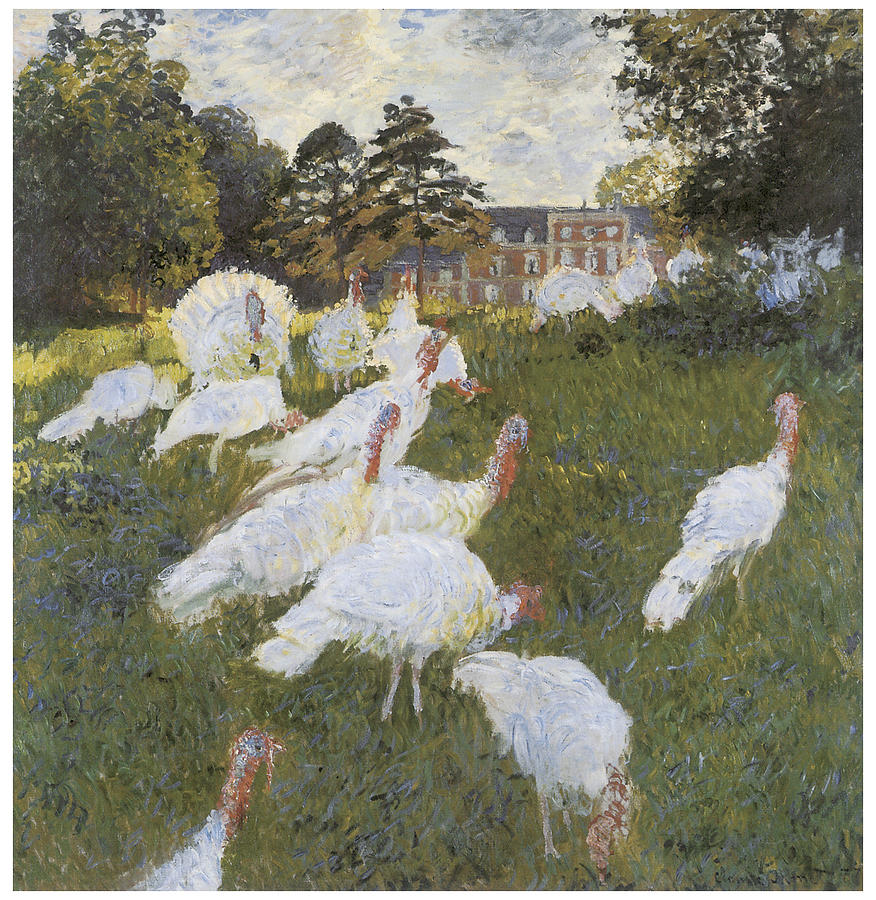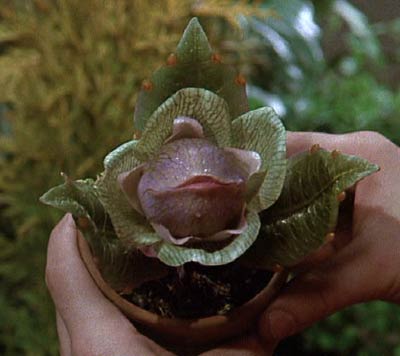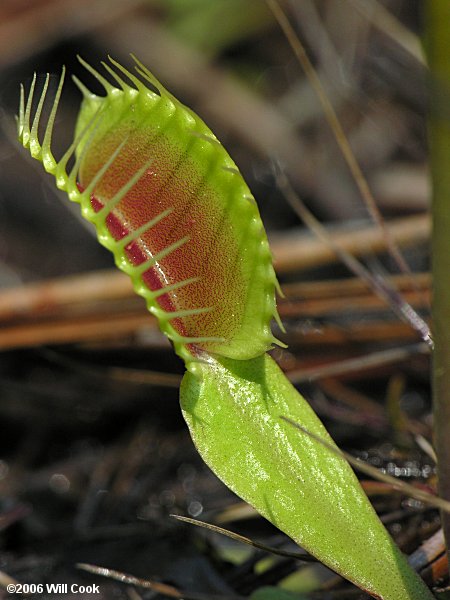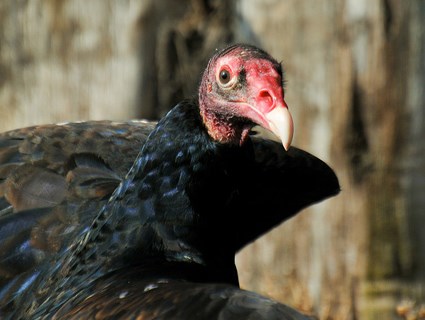Reflections, reviews, and resolutions parade before us during the week between Christmas and New Years. Deciding which scientific events of 2012 will have an impact on mankind would perplex most people.
Science News Magazine has decided on several most notable stories because they literally kept them up by breaking in the middle of the night. Their top twenty-five best stories list included “You Really Can Learn While You Sleep,” “Milky Way Will Bite the Dust,” “Earth’s New Neighbor Looks Familiar,” and “Bionic Women (and Men) Get Closer to Reality.”
New species are still being discovered on the planet. A monkey with a blue rear end and blonde mane, the world’s smallest fly, a sponge shaped like a harp, and a “cave robber” spider are among the 16,000 to 20,000 new species that will have been described by biologists during 2012.
Although scientists have described about 1.9 million species so far estimates predict 6.8 million more to be discovered. It may take another 400 years to accomplish this task at the current rate.
Having been hit with cuts to the space program NASA enjoyed the successful landing of its newest rover, Curiosity, on Mars. Enthusiastic space scientists and millions of fans watched the perfect landing online. Dubbed “Seven Minutes of Terror” for the space scientists, the remarkable touchdown was broadcast on the big screen in New York City’s Time Square. It seems we will never get over our fascination with attempting to find signs of life on the Red Planet.
Prosthetic science produced some of the most promising moments for mankind during the year. Cathy Hutchinson, paralyzed by a stroke, was able to control a robotic arm through the use of an implanted brain chip. Olympic athletes ran on high-tech carbon blades and a young man was able to climb Chicago’s Willis Tower with a thought-controlled limb. Sight in patients suffering macular degeneration may be helped in the near future by a prosthetic that will be placed in the back of the eye. It is already on the market in Europe.
A naturally occurring event presented a rare picture in the sky during June. Venus steadily passed across the surface of the sun allowing scientists to see more of Venus’ upper atmosphere and its gaseous clouds that have been such a mystery. The last time the planet crossed the sun was in 1882 and 1874 and the next time will be in 2117 and 2125.
| Nicolle Rager Fuller |
While you and I are tucked in our beds and fast asleep, scientists of our world are constantly making discoveries. Read about more 2012 discoveries in “Science News Top 25” at www.sciencenews.org.

























